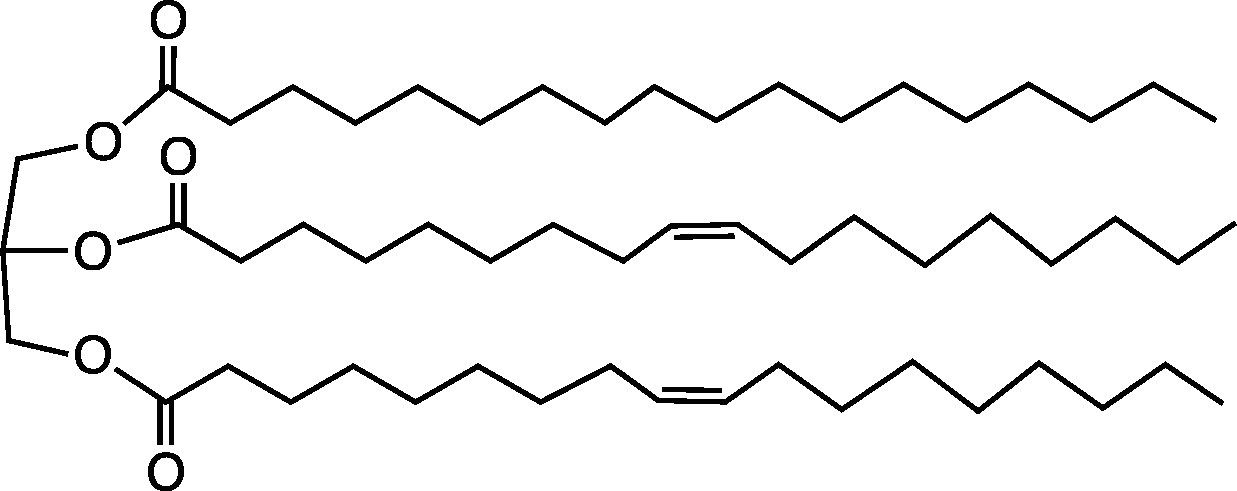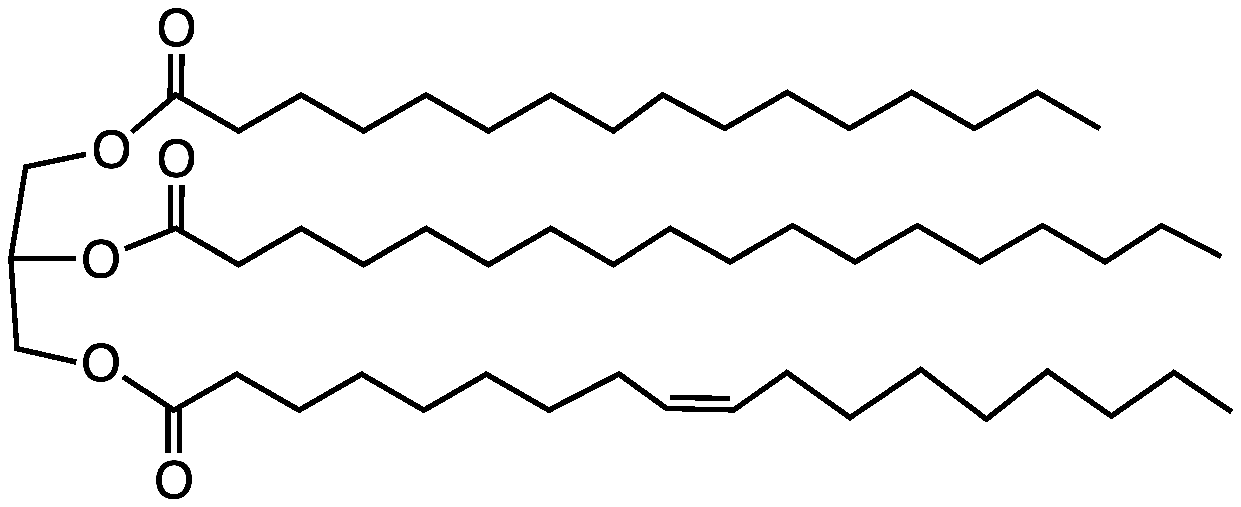cdmusic68
Member
- Joined
- Jan 20, 2015
- Messages
- 9
- Reaction score
- 7
Hi! I don't know if someone already posted something like this, but I have always looked for an all inclusive list, but hadn't found one so good until now. Thought I'd share, if anyone else was excited as I am!
Master List of Comedogenic Ratings
http://www.acne.org/messageboard/to...ogenic-ingredients-and-products/#entry3278839
Master List of Comedogenic Ratings
http://www.acne.org/messageboard/to...ogenic-ingredients-and-products/#entry3278839













































